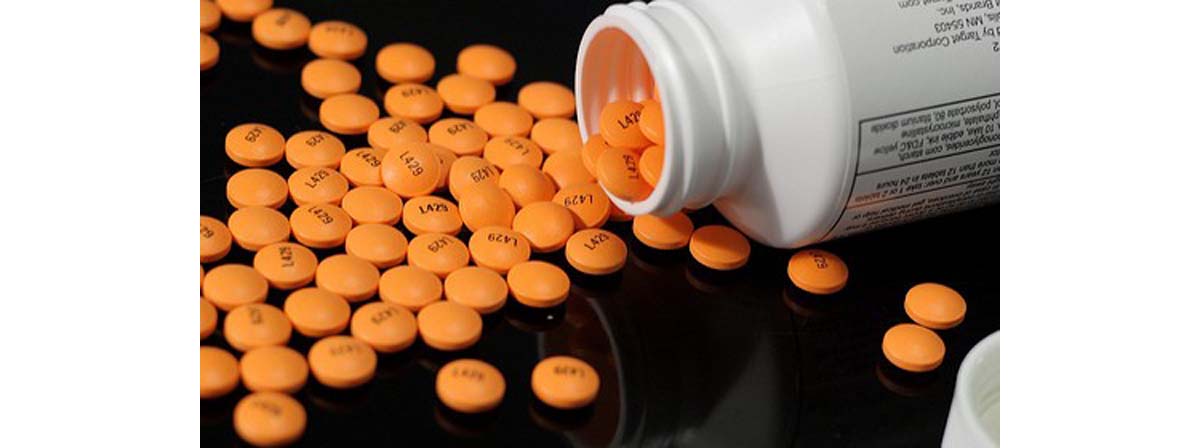Table of Contents
Juvenile arthritis affects 300,000 children in the United States alone. Researchers at 40 clinics in the United States, United Kingdom, and Germany, led by arthritis researcher Dr. Susan Thompson of the Cincinnati Children's Hospital Medical Center in the United States, compared genetic testing of 2,816 children who had arthritis with 13,000 healthy children with a technology known as Immunochip.

Previously, researchers had been aware of three genes linked to the development. With the new technology, the scientists conducting this study were able to confirm that those three genes were associated with the juvenile arthritis in many more children than had previously been studied, and to identify 11 more genes linked to the condition. More importantly, the researchers confirmed that juvenile arthritis is related to the activity of an immune molecule known as interleukin-2 (or IL-2), which tells the doctors that treatments to control the body's production and use of interleukin-2 may eventually be used to control the underlying disease.
The reason arthritis researchers are excited by prospects of finding a new class of medications that can be targeted at the processes that cause juvenile arthritis is that the older medications for juvenile arthritis either don't work very well or carry the risk of significant side effects.
- Aspirin was the mainstay of pain control for juvenile arthritis for over 100 years. There are two basic problems with using Aspirin. Not every child feels better after taking it, and it can cause chronic digestive problems. There are over 2 dozen newer NSAID (non-steroidal anti-inflammatory drugs) for treating arthritis pain, such as ibuprofen, ketoprofen, naproxen sodium, piroxicam, and diclofenac, but finding out which pain reliever works best requires trial and error.
- Steroid drugs relieve pain by reducing inflammation and lessening the "leakiness" of blood vessels near joints so that joints do not fill with fluid. Some of the more effective steroid drugs have to administered by IV drip, a process that both children and parents find scary, and all steroid drugs reduce the activity of the immune system so that the child is more susceptible to colds and upper respiratory infections.
- Disease-modifying drugs such as methotrexate and sulfasalazine, which are essentially chemotherapy for arthritis, sometimes (but not always) control symptoms of the disease, but interfere with normal growth and development.
- Immunomodulators such as Enbrel (etanercept), Humira (adalimumab), and Orencia (abatacept) stop the inflammation-generation activity of the immune system. What the most recent study discovered, however, is that these products don't tackle the process that does the most damage in juvenile arthritis, the inflammation caused by IL-2.
Advances in the understanding of genetics of juvenile arthritis may lead to the identification of existing immunomodulators that can treat the disease, or to the relatively rapid develop of new medications that will work. Ask your rheumatologist about the possibility of new treatments regularly, and please feel free to post your experiences, comments, and questions below.
- Hinks A, Cobb J, Marion MC, Prahalad S, Sudman M, Bowes J, Martin P, Comeau ME, Sajuthi S, Andrews R, Brown M, Chen WM, Concannon P, Deloukas P, Edkins S, Eyre S, Gaffney PM, Guthery SL, Guthridge JM, Hunt SE, James JA, Keddache M, Moser KL, Nigrovic PA, Onengut-Gumuscu S, Onslow ML, Rosé CD, Rich SS, Steel KJ, Wakeland EK, Wallace CA, Wedderburn LR, Woo P, Boston Children's JIA Registry, British Society of Paediatric and Adolescent Rheumatology (BSPAR) Study Group, Childhood Arthritis Prospective Study (CAPS), Childhood Arthritis Response to Medication Study (CHARMS), German Society for Pediatric Rheumatology (GKJR), JIA Gene Expression Study, NIAMS JIA Genetic Registry, TREAT Study, United Kingdom Juvenile Idiopathic Arthritis Genetics Consortium (UKJIAGC), Bohnsack JF, Haas JP, Glass DN, Langefeld CD, Thomson W, Thompson SD.Dense genotyping of immune-related disease regions identifies 14 new susceptibility loci for juvenile idiopathic arthritis. Nat Genet. 2013 Apr 21. 45(6):664-9. doi: 10.1038/ng.2614. Epub 2013 Apr 21.,
- Photo courtesy of Michael Kitt by Picasa : picasaweb.google.com/lh/view?q=Juvenile+Idiopathic+Arthritis&uname=109008901828086469253&psc=G&filter=1#5865027618088423602
- Photo courtesy of Sage Ross by Flickr : www.flickr.com/photos/ragesoss/2286161441/


Your thoughts on this